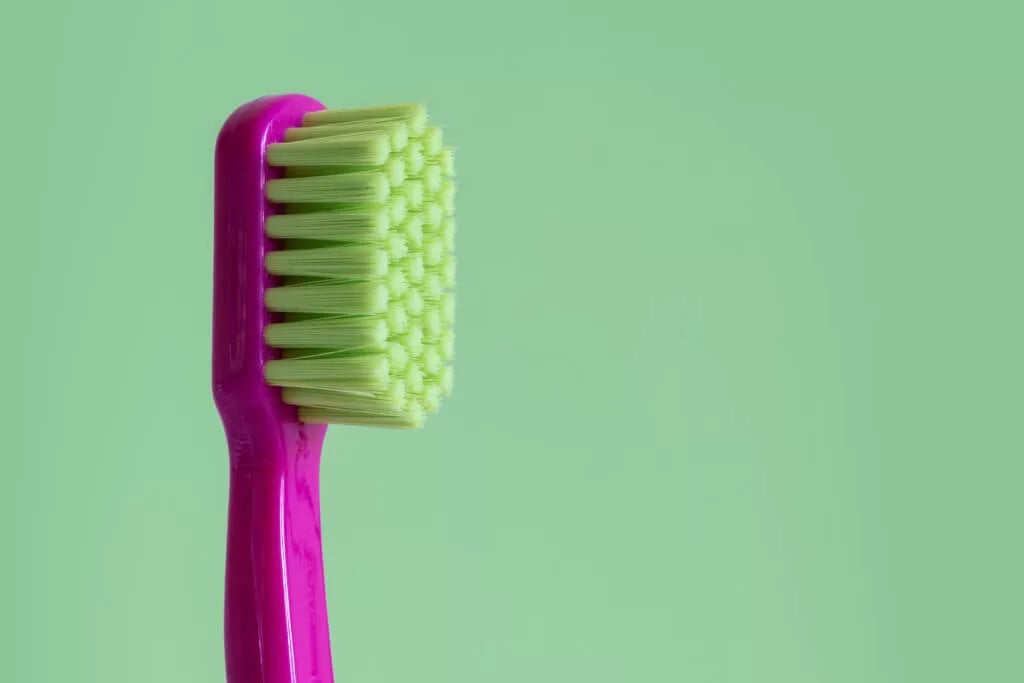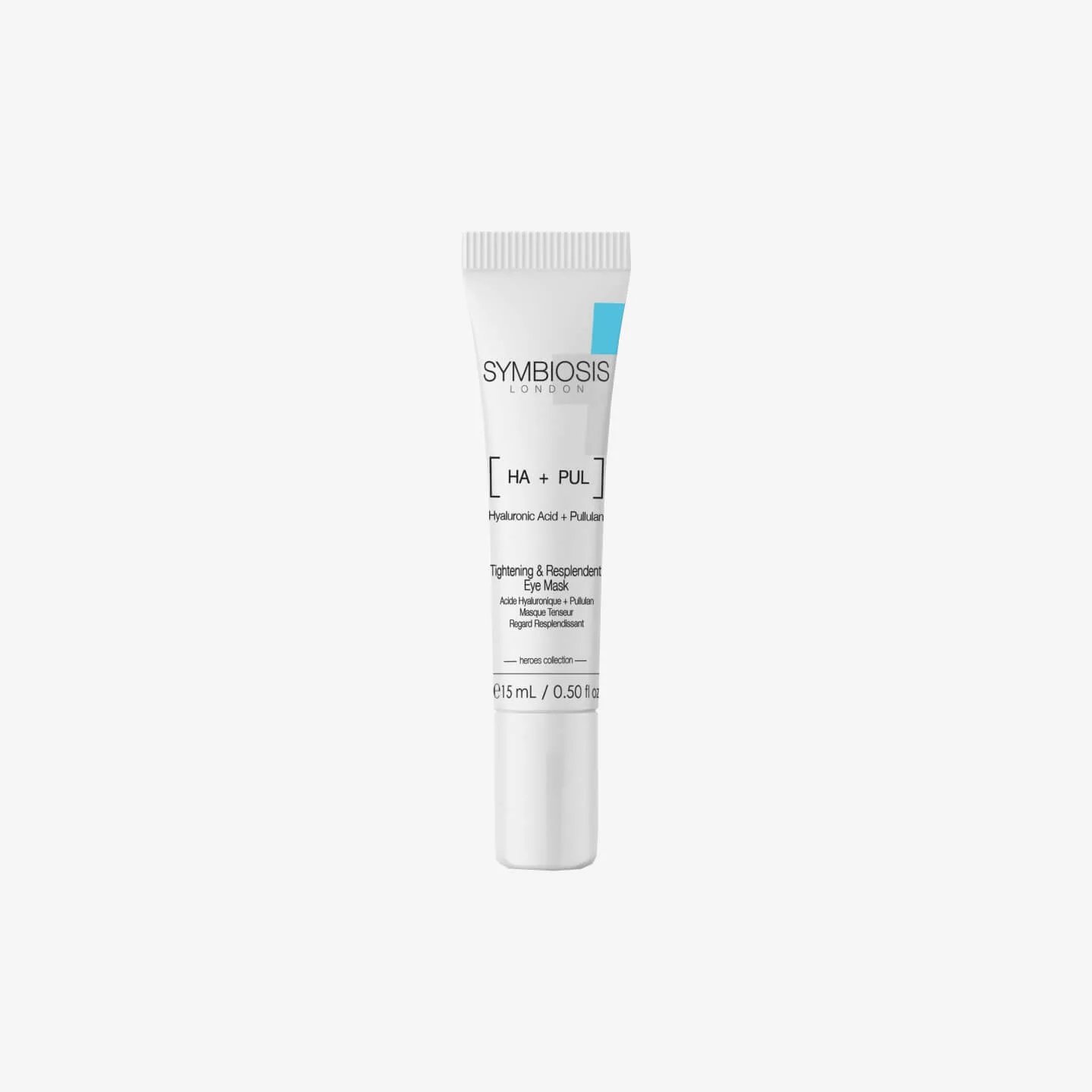How to choose the best toothpaste?

On cavities and the question of fluoride vs. fluoride-free toothpaste
One of the most well-known ways of preventing cavities is to brush your teeth with fluoride toothpaste. Fluoride concentration in toothpaste should be anywhere between 1,000 ppm (100 mg/100 g) and 2,500 ppm (250 mg/100 g) for an adult, which should be clearly indicated on the label. This level of fluoride helps teeth ward off bacteria and thereby prevent cavities.
Excessive fluoride intake can lead to dental fluorosis (light stains on the teeth), and even weaken the skeleton when taken in super high doses. Some natural toothpastes are therefore fluoride-free. So long as you’re not going through a tube of toothpaste each day, there really is very little risk in using a toothpaste with fluoride.
Is toothpaste with activated charcoal a gimmick?
Like toothpastes with whitening and antibacterial ingredients, those with activated charcoal have grown in popularity.
Working on the premise the charcoal whitens teeth, there’s some debate about the effectiveness of toothpastes with charcoal. If they do work, it’s only to a limited degree. A real drawback to toothpastes with activated charcoal is they have can be very abrasive, and as a result, cause irreversible damage to teeth if used for prolonged periods.
Our big tip here is to use charcoal toothpastes with care and in moderation. While they may be mildly beneficial, and don’t interfere with dental work like the peroxide in whitening toothpastes, they’re not as effective as other products used for teeth whitening.
What’s in a natural toothpaste?
When faced with potentially toxic ingredients, many men chose alternative, natural, fluoride-free toothpastes. They generally contain gentle scrubbing agents such as silica and calcium carbonate. These are the ingredients that polish your teeth, leaving them smooth and shiny, so they can reflect light right into the eyes of your colleagues.
Sodium bicarbonate is an antibacterial and whitening agent. Xylitol — a sweetener extracted from birch trees — replaces fluoride by reducing mouth acidity levels and thereby slowing the development of cavity-inducing bacteria. For example this natural and vegan toothpaste from Tuul with Lemon & Peppermint contains just that.
View this post on Instagram~ #natural #vegan #organic #toothpaste #lemon #peppermint #fluoridefree 📷 @katiefoodphoto
A post shared by Tuul (@tuulcare) on
This toothpaste is suitable for sensitive gums. It’s allergen-free and we have a great news that you can get this product for free if you sign up for the Out’n’Proud Gay Pack this month!
Speaking of flavour, that’s what benefit-packed essential oils are used for in some toothpastes. Clove, peppermint, and tea tree oils will sanitise, purify, and leave your breath super fresh. Sage oil soothes and heals, and rosemary oil is a natural antiseptic. Toothpastes using essential oils can be surprising as they don’t really foam, and they come in flavours that are sometimes far removed from the traditional minty kind you might be used to.
With all that being said, a good toothpaste is completely wasted if you use it with a spent toothbrush. Remember to change your toothbrush as soon as its bristles start to show signs of fatigue. If that sounds too complicated, just replace your toothbrush every two months on average. Rinsing your toothbrush out thoroughly and shaking it after use will extend its lifespan and prevent it from becoming a bacteria breeding ground.
There you go, that’s another topic we didn’t brush over 🙂



